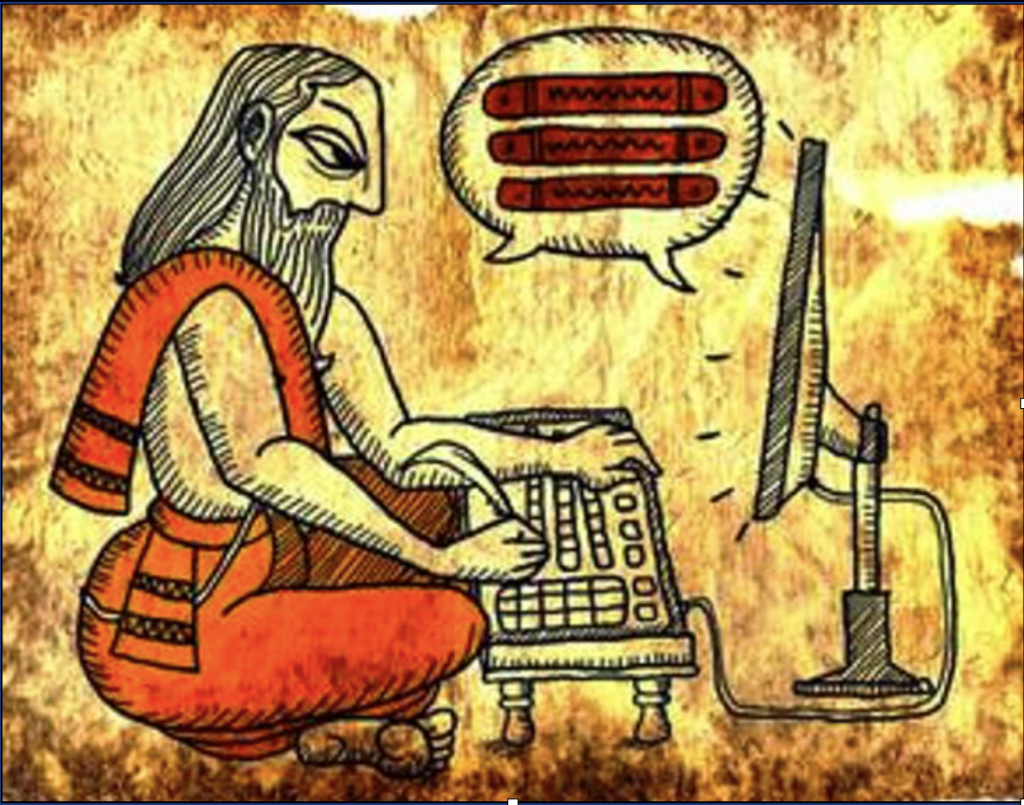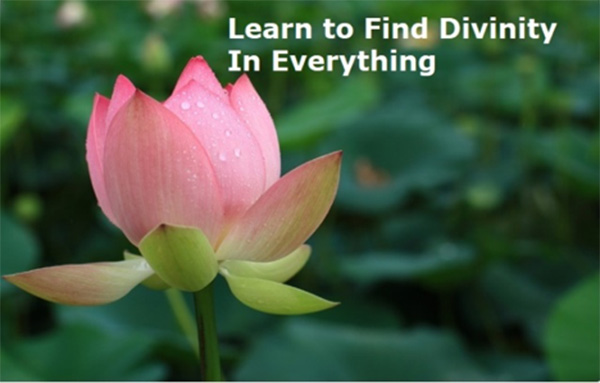Sanskrit: A Dead Language in the Living World
Sanskrit: a dead language in the living world By Nidhi Arora https://www.instagram.com/headsupchindown/ “It is a dead language, kind of like Latin,” shared software professional John DiFelice from Elkins Park, US. I had asked him what he knew about Sanskrit. He went on to say that he heard the Indian scriptures were written in Sanskrit and …









